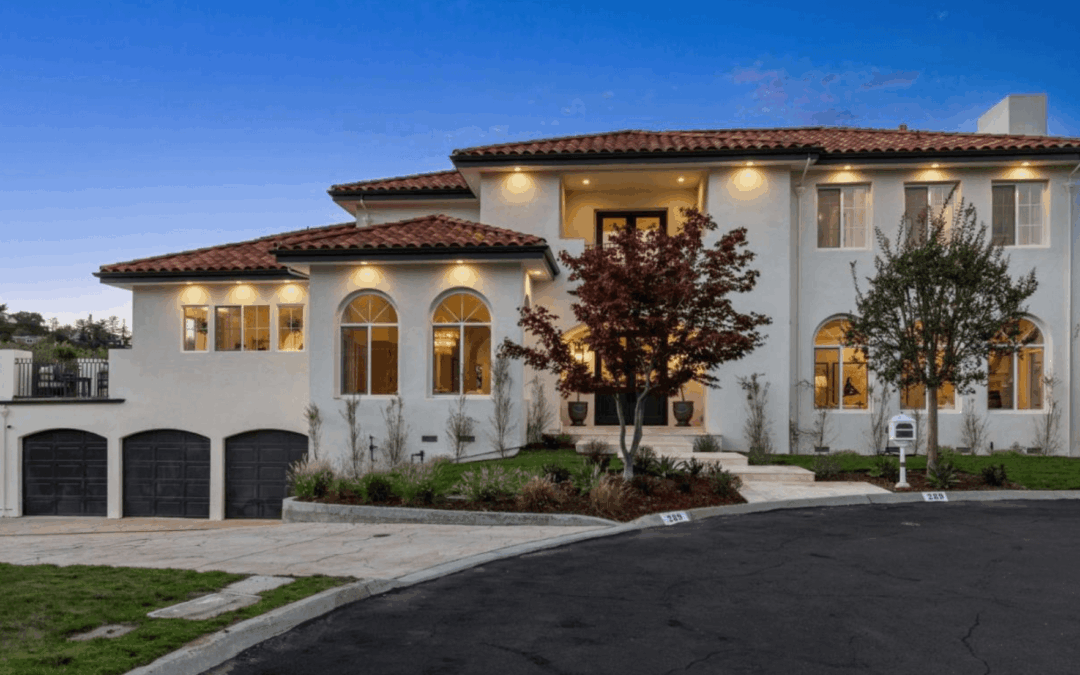This is San Carlos Life for San Carlos, California 94070
San Carlos Life for San Carlos CA, 94070
ABOUT SAN CARLOS
The City of Good Living
San Carlos CA is home to over 30,000 people comprised mostly of professionals working in the management, technology, finance, and media arts sector. Its residents enjoy easy access to employment hubs like San Francisco and Silicon Valley.
The schools in San Carlos are among the highest-ranking in the state, and its quiet neighborhoods are perfect for peaceful living, long walks and bicycle rides. This is a town with a blend of both modern and classic charm and varying topography. Residents have the choice of living in the flats of San Carlos close to downtown or in rolling green hills with breathtaking views of the Bay and the surrounding cities.
On the weekends, residents can enjoy going to parks, recreational facilities, spend some leisure time shopping or eating in its quaint downtown. It’s also just a short trip to the beach, many hiking trails or a wide array of entertainment found in surrounding communities.

MEET VIV AND MARK

Your guides to the City and our hosts for San Carlos Life
As part of the San Carlos community for over 20 years and owners of one of the top real estate agencies in San Mateo County, Mark and Viv have introduced countless families to the “City of Good Living”.
So what makes San Carlos the City of Good Living? We invite you to take a closer look at the neighborhoods with their charming homes and explore its downtown with boutique shops, cafes, restaurants, and city events. But don’t forget to also take a scenic tour of the nature trails, gardens, and aerial landscapes all part of San Carlos Life.
HOW MAY WE HELP YOU?

Thinking of selling or buying a home?
Seek people who will put their full effort into representing your interests, treat you like a person and not a transaction, and experts who are well-respected in their profession.
Mark Martinho and Vivienne Kelvin are co-owners of Vabrato, a luxury real estate brokerage serving San Carlos CA. Contact us to learn how we can make your goals a reality.
Mark Martinho | 650.346.1595 | mark@vabrato.com
Viv Kelvin | 650.291.7241 | viv@vabrato.com
Send A Message
THE BEST OF SAN CARLOS CA
PLACES TO VISIT
San Carlos and its neighboring towns are home to some of the most beautiful and scenic nature landscapes in California – be it the forests, the bay, gardens, floral beds, even aerial tours. There’s lots of culture, history, entertainment, and outdoor living to enjoy. Let us guide you there!
RESTAURANTS & SERVICES
ATTRACTIONS
EVENTS & ACTIVITIES
PARKS & TRAILS
BROWSE neighborhoodS
ALDER MANOR
BEVERLEY TERRACE
CLEARFIELD PARK
CORDES
EL SERENO
HOWARD PARK
Featured Blogs
We are extremely proud to present our new website all about San Carlos, California. The information within is meant to give everyone a flavor about what San Carlos is all about and also to provide timely information about local events and what’s going with the town’s real estate market.
As residents, we love this quaint town and desire that our website be a quality source of information for everyone. We hope you enjoy our creation!

Highest and Lowest Priced Homes Sold in San Carlos CA, in November 2025
For November 2025, there were a total of 24 homes sold in San Carlos, with sale prices ranging from $4,017,500 to $1,835,000. Here are the highest and lowest priced homes sold last month –

Too Much Stuff? A Local Guide To Prevent Holiday Hoarding
San Carlos, like the rest of America, is facing an issue more households are reluctant to talk about: too much stuff, and nowhere to put it. According to a recent survey, the average American family is hoarding about 300,000 stuff at any given time. Also, 71% of Americans admit to repurchasing items they already own because clutter keeps them from finding the original. Sounds familiar? If you face the same problem, here are several great options for donating items and giving them a second life –

Small Business Saturday Deals in San Carlos 2025: Shop Small, Win Big, Feel Good
Small Business Saturday in San Carlos has the charm of a neighborhood block party wrapped in a shopping spree: with deals, treats, and the kind of friendly banter you just can’t get at a big-box checkout line. This guide rounds up the promos and pit stops that make the day a perfect excuse to stroll, snack, and snag something special while supporting our local shops. Check out deals from Delizie (10% off when you mention “San Carlos Life”), Laurel Street Arts (Free Hot Chocolate outside), Reach and Teach (Free Cookies and 10% off on all books), and more!